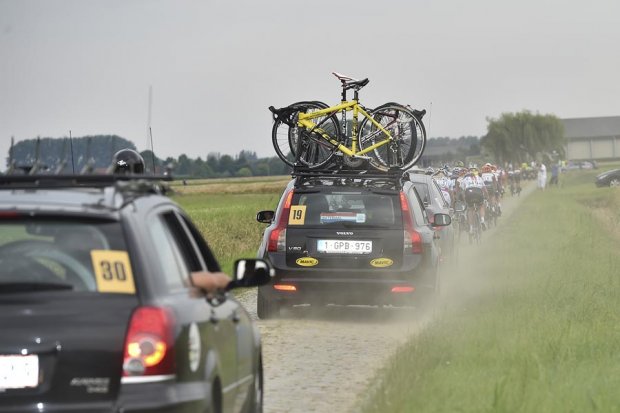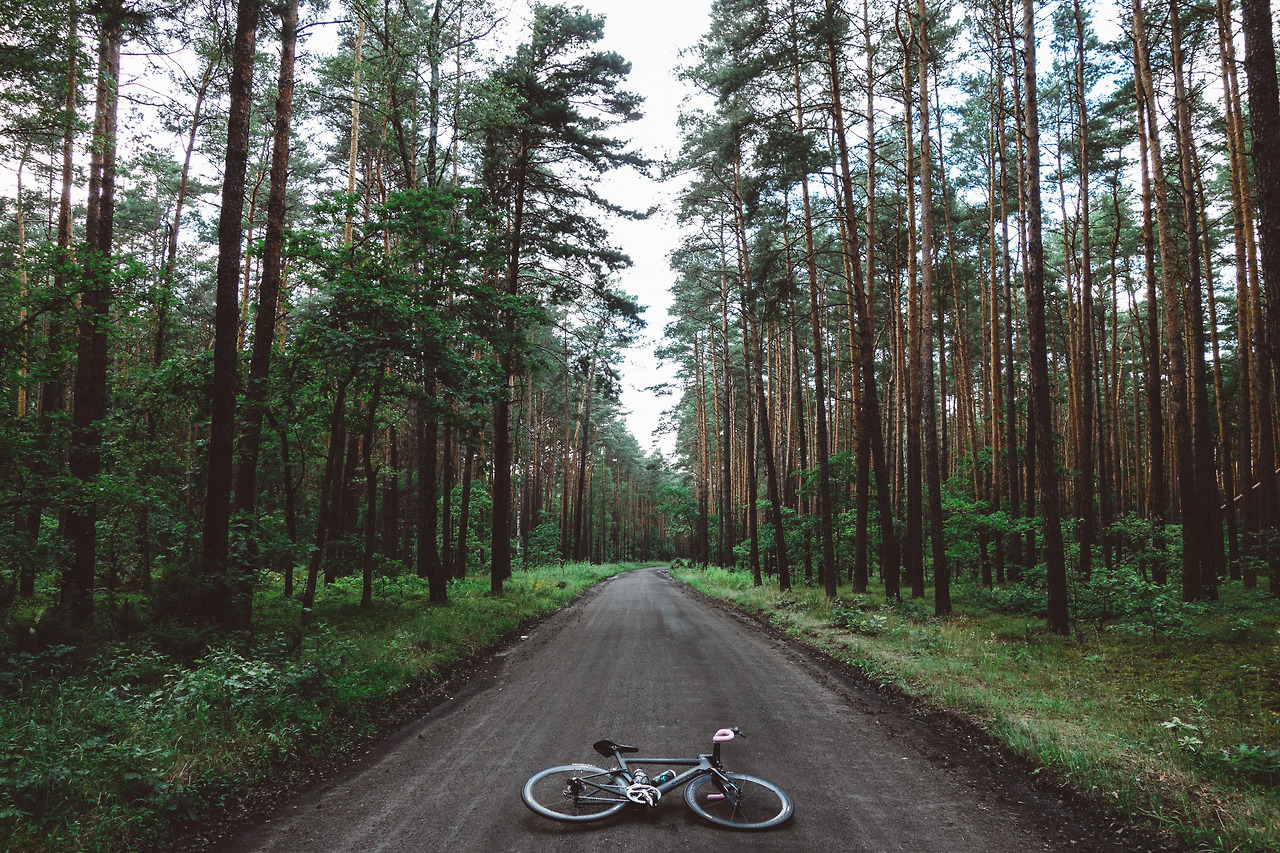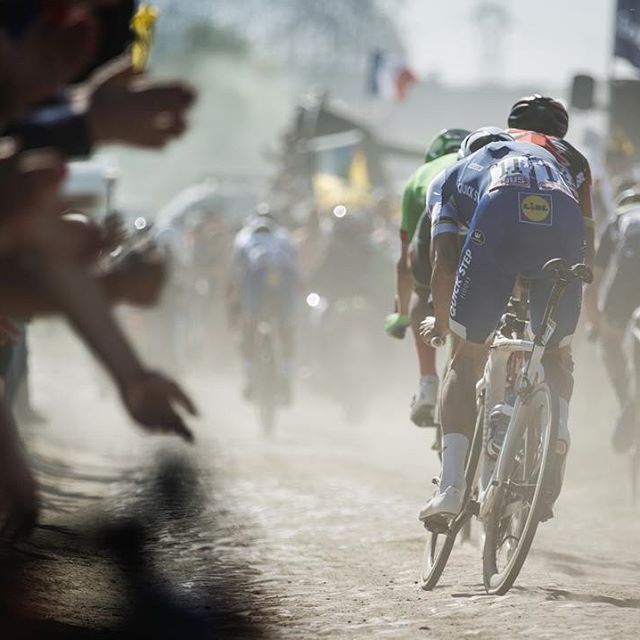The Lowest Common Denominator

Stupidity is a powerful force never to be underestimated. Geese are a good example; a more stupid vertebrate one would be most challenged to come across yet should you wander into a flock of them pecking about peacefully in a field, one is likely to erupt from its grazing to grab a billful of your ass and commence beating you savagely with its wing. I witnessed such an event in Minneapolis, where a goose goosed a friend of mine. To our collective dismay, he showed off his buttockian bruise proudly for many weeks.
I’m not immune my own stupidity, which is unfortunate because if you already have to deal with other people’s stupidity, you should at least be free of dealing with your own. Tragically, the opposite appears to be true. In point of fact, a dominant portion of my life is spent recovering from my own acts of idiocy. For example, I recently rode an Imperial century on Whidbey Island in scorching heat. To combat dehydration, I carefully prepared my usual two bidons – one with electrolyte and one with plain water as is my custom – and proceeded to leave them in the car rather than place them on the bike. I was gleefully unaware of this oversight until I was well over an hour into the ride and I reached down for a drink in my usual Casually Deliberate style and found the cages mockingly empty.
Stupidity is also why I believe the iPhone has always been designed to be a one-handed device, to allow its user to send messages with one hand while driving, leaving the other hand free to drink coffee or wave the bird at other drivers. This leaves plenty of bandwidth for the vehicle to swerve off the road and stack up bicyclists on its hood.
There is no courage without fear, and no intelligence without idiocy. The problem with the latter in both cases is that they are much easier than the former and it feels a lot like easy win on the push with most of the population. Which means that in the majority of cases, we are dealing with idiotic cowards which is not an encouraging scenario, especially when taking your own stupidity into account.
Last year, the New York Times published an essay on the mentality of motorists when it comes to Cyclists. Its a terrifying read, the sort of writing that makes you question whether its smart to keep riding on the road. My personal conclusion is that the road is where I find my soul; to stop riding would be its own kind of death. Nevertheless, it is frightening thought that not only are many motorists inattentive, but some feel bicycles don’t belong on the road in the first place, and that should they be struck and killed, it is somehow their own fault. A truck driver in Seattle recently killed a female Cyclist who was commuting downtown. The local news celebrated the driver’s integrity for not leaving the scene of the accident.
Which raises the question of how one is to stay safe while riding. Personally, I’ve found myself riding ever more defensively aggressive when I’m on the road. I’m riding farther out from the side on narrow roads to keep cars passing at dangerous points and I’m avoiding the highest-trafficked roads whenever possible. In the rain, I’m even riding The Reflective Bike of Authority. (I draw the line at donning a YJA; we’re not a savages.)
These are easy things to do, but the fact is we are still at the mercy of our peers on the road who may not be watching for us, or – worse – not care if they hit is or – worst of all – feel it is somehow our own fault by being on the road in the first place. Changing this begins with us, the Cyclists, through the idea that we are ambassadors for our sport. With that, I felt it an appropriate time to remind us of our Urban Riding tips and update them a bit.
- Lead by example. Always obey traffic laws, taking special care to avoid violating hot-button laws like running stop signs. Every time we break a law, we send the message that the rules of the road don’t apply to us.
- Don’t escalate. You will invariably be placed into a dangerous situation by a driver who is either ignorant of the danger they caused you or is simply an ass. In both of these cases, screaming obscenities at them will only serve to put them on the defensive and make them hate cyclists even more than they already do. If you absolutely must say something, do your best to let them know why what they did was dangerous; if you’re polite and assertive, the message is much more likely to find it’s way home.
- Be gracious. If a car does the right thing, wave at them in thanks. If you know you are holding them up because you’re obstructing their path, move the side as soon as it’s safe and gesture your appreciation of their patience.
- Avoid telepathy. Always signal your intent and try to make eye contact with drivers whenever you’re not sure if they see you or not, especially in scenarios when you’ll be crossing their lane of traffic.
- Pay attention to the cars around you. Take note of the subtle signals the drivers are sending you. Are they overly fond of the brake pedal? Are they speeding? Are they swerving, texting, or otherwise distracted? Or do they drive predictably and use their turn signals properly? These things will tell you a lot about how safe you’ll be when they’re close to you.
- Ride predictably. When out training in town, consider yourself to be riding in the bunch, except the other riders are cars that can kill you. Just like riding in a group, when in traffic, hold your line, signal when there’s a hazard or when turning, and generally ride as predictably possible.
- Ride towards the side of the street. If there is a shoulder, ride in it, but if not, stay as far to the side as you safely are able to. Don’t ride so far to the side that it means you’re riding in debris that might cause a flat or might cause you to move erratically; there’s nothing safe about suddenly flying out into traffic while trying to avoid an object. Never ride through a puddle you can’t see the bottom of; it could be a much deeper hole than you think.
- Ride aggressively defensive. If there’s a narrow section of road coming up where it will be dangerous for a car to pass, signal to the cars behind and swing out into the middle of the lane until it’s safe for them to pass.
- It’s helpful to be able to accelerate quickly to move with traffic if necessary. In the event that you’re riding in a lane in order to discourage cars from passing, it’s good to move as close to the speed of traffic as possible.
- Avoid overly dangerous routes. Ride on the roads you need to in order to train properly, but also avoid unnecessarily dangerous areas or only ride them when traffic is at it’s lightest. Roads with good shoulders are preferable and, counter-intuitively, bike paths are not always safer places to ride; these are often filled with people of a variety of skill levels who may not be paying attention.
The best rides are those you come home from; always ride to proactively avoid placing yourself in dangerous situations and have a plan if you find yourself needing to take a risk. Stay safe and always remember we’re all brothers and sisters on the road. Vive la Vie Velominatus.

